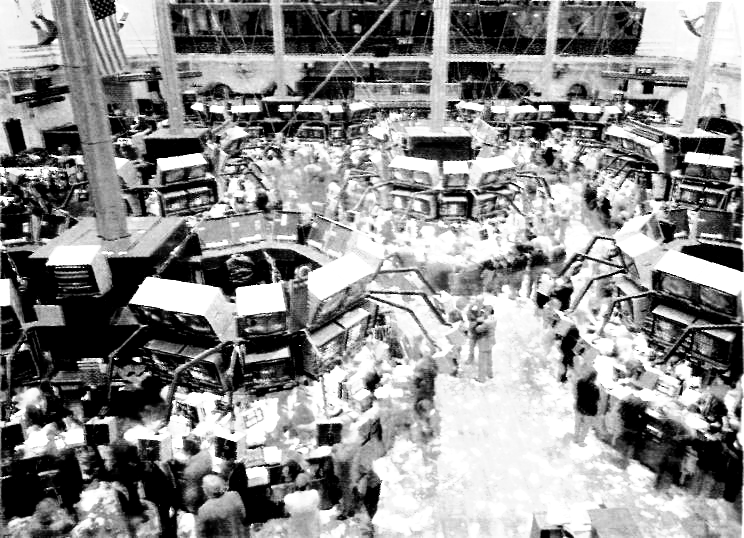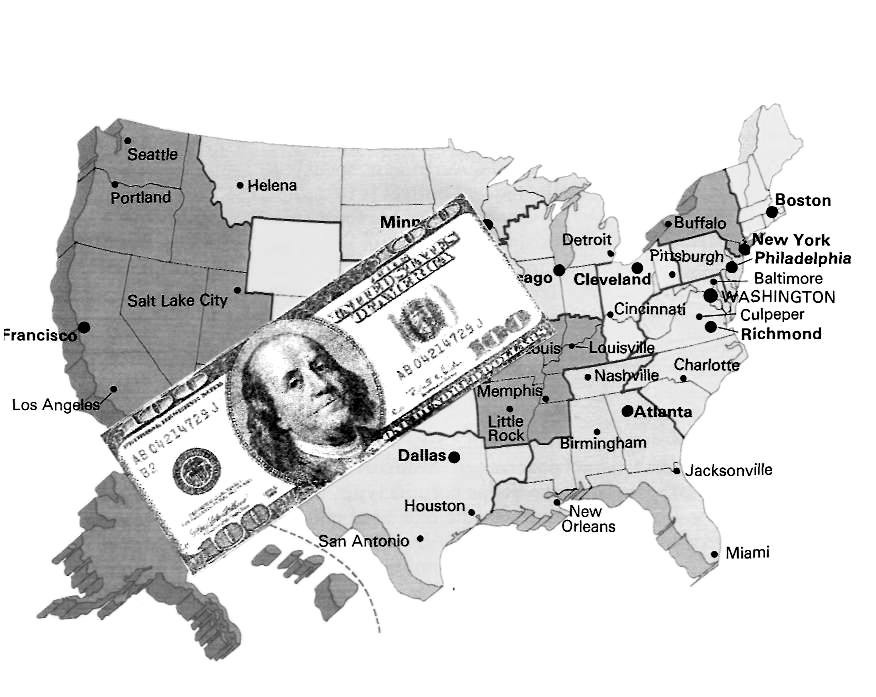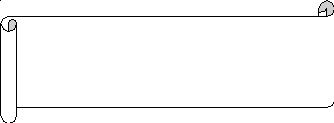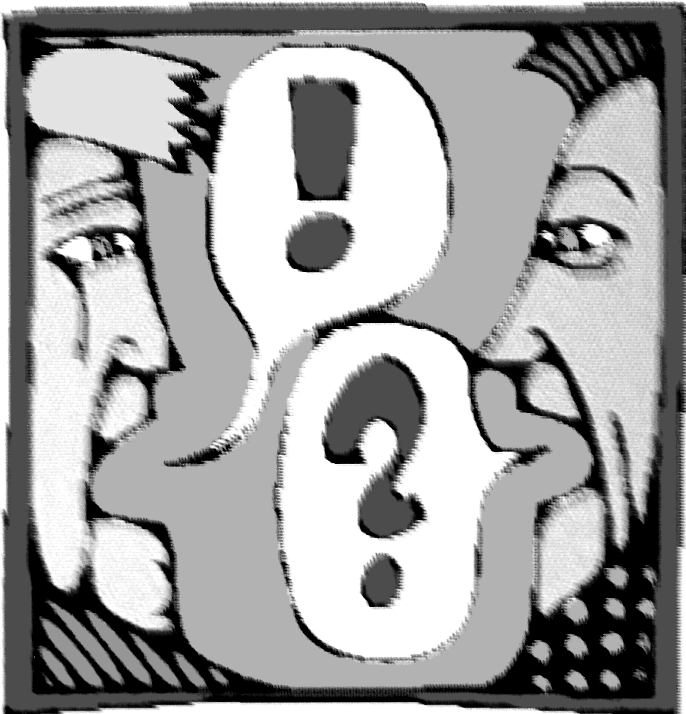
- •Донецький національний університет економіки і торгівлі імені Михайла Туган-Барановського
- •Economics Today
- •Content
- •Texts for Individual Reading
- •Передмова
- •Unit 1. What does economics study?
- •Vocabulary.
- •What does economics study?
- •Money price human wants scarcity
- •What does economics study?
- •Pronouns
- •Unit 2. Different Economic systems.
- •Vocabulary.
- •Different economic systems
- •Outstanding economists.
- •Unit 3. Economics as a social science.
- •Vocabulary.
- •Try to explain the above mentioned economic notions as you understand them, by your own words.
- •Economics as a social science.
- •Economics as a social science
- •Outstanding economists
- •Unit 4. Economics as a policy.
- •Vocabulary.
- •Economics as policy.
- •Economics and policy
- •Outstanding economists.
- •Unit 5. Main economic concepts.
- •Vocabulary.
- •Main economic concepts.
- •Outstanding economists.
- •2. Define:
- •Unit 6. Market, Supply and Demand.
- •Vocabulary.
- •Market, supply and demand
- •What money can’t buy
- •Outstanding economists.
- •Unit 7. Prices and their formation.
- •Vocabulary.
- •Price and its formation.
- •Past Tenses
- •When prices draw us.
- •Outstanding Economists.
- •2. Value:
- •Unit 8. Taxes and Taxation.
- •Vocabulary.
- •Taxes and taxation
- •Past Tenses Past Perfect Simple
- •Past Perfect Continuous
- •Will Germany Start Tax Reform?
- •Crackdown on “alcohol disorder zones”
- •Outstanding economists.
- •Sources of government revenue
- •Public spending
- •Unit 9. Business organization.
- •Vocabulary.
- •Forms of business ownership in the u.S.A.
- •The Formal Organization.
- •Up and Down of People Express
- •Burr’s Business
- •3. Necessity:
- •Unit 10.
- •Forms of business small business
- •I. Can you stick with it?
- •How to make business plan.
- •The Passive Voice
- •Unit 11. Franchising.
- •Vocabulary.
- •Franchising.
- •Evaluate your franchise opportunities.
- •Mc’Donald’s : burger and fries a la français.
- •Invest:
- •5. Tax:
- •Unit 12.
- •International Trade.
- •International trade.
- •How to avoid business blunders abroad.
- •Vocabulary to Text 2.
- •Advertising.
- •Vocabulary:
- •Answer the questions:
- •Economic theories.
- •Vocabulary:
- •Answer the questions:
- •Main economic concepts.
- •Vocabulary:
- •Answer the questions:
- •Management.
- •Vocabulary:
- •Answer the questions:
- •Marketing.
- •Vocabulary:
- •Answer the questions:
- •Types of economic systems.
- •Vocabulary:
- •Vocabulary:
- •Practical Tasks:
- •Text 2. Classical Theories.
- •Vocabulary:
- •Practical Tasks:
- •Text 3. The Meaning of Management.
- •Vocabulary:
- •Practical Tasks:
- •What is you understanding of management?
- •Vocabulary:
- •Practical Tasks:
- •Text 5. Management Activities.
- •Vocabulary:
- •Practical Tasks:
- •Text 6. Classical Theories.
- •Vocabulary:
- •Practical Tasks:
- •Text 7. Fayol's Principles of Management.
- •Vocabulary:
- •Practical Tasks:
- •Text 8. F.W.Taylor and Scientific Management.
- •Vocabulary:
- •Practical Tasks:
- •Text 9. The Principles of Scientific Management.
- •Vocabulary:
- •Practical Tasks:
- •Text 10. Scientific Management after Taylor.
- •Vocabulary:
- •Practical Tasks:
- •Text 1. Comments on the Scientific Management School.
- •Text 2. L.F.Urwick.
- •Text 3. E.F.L.Brech.
- •Text 4. Max Weber and the Idea of Bureaucracy.
- •Text 5. Bureaucracy.
- •Text 6. Bureaucracy after Weber.
- •Questions for Discussions to texts 1-6.
- •Nobel prize winners.
- •1975: Nobel Prizes.
- •Money in our everyday life quotations. Attitudes to money.
- •Giving away money.
- •Money and everyday life.
- •Money and the family.
- •Money at work.
- •Money madness.
- •Possessions.
- •The economic model.
- •The psychology of money.
- •The very rich.
- •Young people, socialisation and money.
- •Poetry.
- •I have some fe a rainy day underneath me bed,
- •Is dis culture yours, cause it is not mine
- •It could do good but it does more bad
- •The coin speaks.
- •The hardship of accounting.
- •The millionaire.
- •Keys unit 1.
- •Comprehension check.
- •Unit 2.
- •Comprehension check.
- •Unit 3.
- •Comprehension check.
- •Unit 4.
- •Comprehension check.
- •Unit 5.
- •Comprehension check.
- •Unit 6.
- •Comprehension check.
- •Unit 7.
- •Train and check yourself
- •Unit 8.
- •Unit 9.
- •Comprehension check.
- •Fill in the chart
- •Unit 10.
- •Unit 11.
- •Comprehension check.
- •Unit 12.
- •Keys to the texts for individual reading
- •Economics Today
Unit 12.
International Trade.
 Pre-reading
tasks:
Pre-reading
tasks:
1. Answer the questions:
 Look
at these pictures and describe them.
Look
at these pictures and describe them.Who is the international trade profitable for?
Is the international trade benefit or evil?
Can modern world exist without trade?
How can trade influence national traditions,
habits, and self-awareness?
“ Whenever
money is the principle object of life with either man or nation, it
is both got ill, and spent ill, it does both harm in the
Whenever
money is the principle object of life with either man or nation, it
is both got ill, and spent ill, it does both harm in the
getting and spending”.
John Ruskin
2. Comment on the above words quotation.
3. Match English and Ukrainian equivalents and use them in your speech.
|
1. spacecraft |
|
|
2. argue |
|
|
3. vested interest |
|
|
4. endowment |
|
|
5. persist |
|
|
6. forgo |
|
|
7. self-sufficient |
|
|
8. retain |
|
|
9. fallacious |
|
|
10. justify |
|
|
11. at the expense of |
|
|
12. impose |
|
|
13. opportunity costs |
|
|
14. promote |
|
|
15. preferential trading arrangements |
|
|
16. free trade area |
|
|
17. customs union |
|
|
18. common market |
|
Read text 1.
Text 1.
International trade.
Without international trade we wouldall be much poorer. There would be some items like bananas, pineapples, coffee, cotton clothes, foreign holidays and uranium that we would simply have to go without. Then there would be other items like wine and spacecraft and space exploration that we could only produce very inefficiently.
International trade has the potential to benefit all participating countries.
Totally free trade, however, may bring problems to countries or to groups of people within those countries. Many people argue strongly for restrictions on trade. Textile workers see their jobs threatened by cheap imported cloth. Car manufacturers worry about falling sales as customers switch to Japanese models or to cheap Eastern European ones. Are people justified in fearing international competition, or are they merely trying to protect some vested interest at the expense of everyone else?
And there exists a partial form of free trade. This is where a group of countries agree to have free trade between themselves, but still impose trade restrictions on the rest of the world. Free trade may be realized under the various titles of customs unions, free trade areas and common markets.
Countries have different endowments of factors of production. They differ in population density, labour skills, climate, fertility, raw materials, capital equipment, etc. These differences tend to persist because factors are relatively immobile between countries. Obviously land and climate are totally immobile, but even with labour and capital there are more restrictions on their international movement than on their movement within countries. Thus the ability to supply goods differs between countries.
What this means is that the relative costs of producing goods will vary from country to country.
When one country can produce a good with fewer resources than another country it is said to have an absolute advantage in that good.
A country has a comparative advantage over another in the production of a good if it can produce it at a lower opportunity cost: i.e. if it has to forgo less of other goods in order to produce it.
If countries are to gain from trade, they should export those goods in which they have a comparative advantage and import those goods in which they have a comparative disadvantage. Given this we can state a law of comparative advantage: provided opportunity costs of various goods differ in two countries, both of them can gain from mutual trade if they specialize in producing (and exporting) those goods that have relatively low opportunity costs compared with the other country. Countries use various methods to restrict trade, including tariffs, quotas, exchange controls, import licensing, export taxes and legal and administrative barriers. Countries may also promote their own industries by subsidies.
Sometimes countries may have definite objectives in restricting trade such as remaining self-sufficient in certain strategic products, not trading with certain countries of which it disapproves, protecting traditional ways of life or simply retaining a non-specialized economy.
Arguments for restricting trade are often fallacious. In general, trade brings benefits to countries. And there are, as we said above, so called preferential trading arrangements.
Free trade areas is where member countries remove tariffs and quotas between themselves, but retain whatever restrictions each member chooses with non-member countries.
A customs union is like a free trade area, but in addition members must adopt common external tariffs and quotas with non-member countries.
A common market is where member countries operate as a single market. Like a customs union there are no tariffs and quotas between member countries and there are common external tariffs and quotas. But a common market goes further than this. A full common market includes a common system of taxation, governing production, employment and trade, free movement of labour, capital and materials and of goods and services.
|
COMPREHENSION CHECK |
|
Exercise 1. Answer the questions:
Does totally free trade exist?
Why is free trade existence impossible?
What is international trade?
Does international trade promote progress or regress? Why?
What forms of international free trade do you know?
What factors can influence a comparative advantage?
What does the law of comparative advantage read?
What are preferential trading arrangements?
|
Let’s ponder!
|
Your Opinion. If you were a Minister of Foreign Trade:
Why would you include these countries? What goods can be included into our comparative advantage? Why? |

Exercise 2. Fill in the gap with an appropriate word.
trading trade objective buy sell attempt preventing protective
tariffs restriction means nations tariffs
Free 1 … consists simply in letting people 2 … and 3 … as they want to buy and sell. It is trade 4 … that require force, for they consist in 5 … people from doing what they want to do. Protective 6 … are as much applications of force as are blockading squadrons, and their 7 … is the same – to prevent trade. The difference between the two is that blockading squadrons are a 8 … whereby 9 … seek to prevent their enemies from trading; 10 … are a means whereby nations 11 ... to prevent their own people from 12 … .
Exercise 3. Put the verb in brackets in the right tense.
In many respect Toyota 1(be) a victim of its own success. Until the 1960s Toyota 2(view) as little Japanese company. In 1970 it 3(produce) 1.6 million vehicles and by 1990 the figure 4(increase) to 4.12 million. In the process Toyota 5(rise) to become the third largest automobile company and the largest automobile exporter in the world. For most of its history Toyota 6(export) automobiles to the world market from its plants in Japan. But by early 1980s political pressures and economic regulations in the U.S.A. and Europe 7(force) an initially reluctant Toyota to rethink its importing strategy. Toyota 8(agree) already to “voluntary” export restraints with the U.S.A. As a result the company 9(establish) a 50/50 joint venture with General Motors. For Toyota it 10(be) a chance to find out whether it could built quality cars abroad using American workers and suppliers. Fearing that European Union 11(limit) its expansion to the European market Toyota 12(join) other Japanese automobile companies to keep their share under 11% until 2010. Despite its apparent commitment to expand its US and European operations, it not 13(be) all smooth sailing. A major problem 14(be) building an overseas supplier network that 15(be) comparable to Toyota’s Japanese network. By now 70% of Toyota cars 16(assemble) in Europe and less than 40% in the U.S.A. To achieve this Toyota 17(embark) on an aggressive education aimed at familiarizing its local suppliers with Japanese production methods.
Read the text and be ready to discuss it. Use the vocabulary given below.
Text 2.

